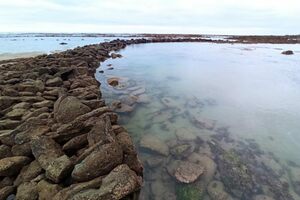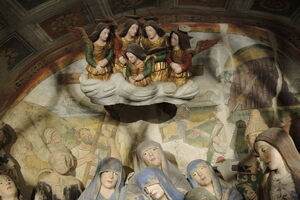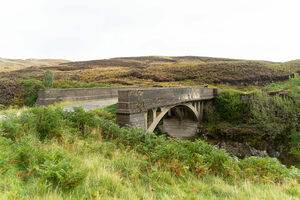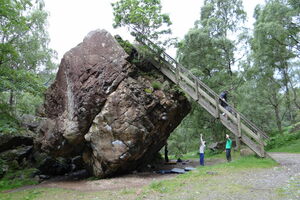Corrales Marinos de Monkey Beach in Canoa, Ecuador

Just north of the town of Canoa, Ecuador is a development project called Monkey Beach. Local archeologists have recently taken notice of a series of semi-circular stone walls that jut out into the sea from the beaches, located just to the north and south of this development.
At high tide, the walls are submerged, but as the tide goes out marine life gets stuck inside these man-made pens. Most of these traps measure a little over 20 meters in diameter.
This system of pens allowed ancient pre-Columbian civilizations that once populated the region to easily capture fish and other marine animals. This formed the basis for a vast civilization of fishermen, farmers, and traders. Remnants of this ancient civilization litter the beaches in the form of broken shards of ceramics and pottery that can be seen during low tide.
Today, Canoa is a quiet fishing/tourism village and no longer a center of coastal commerce and trade. However, on a continent known for its ancient civilizations, these giant, still functional fish traps offer a unique glimpse into an often overlooked part of Ecuador.





